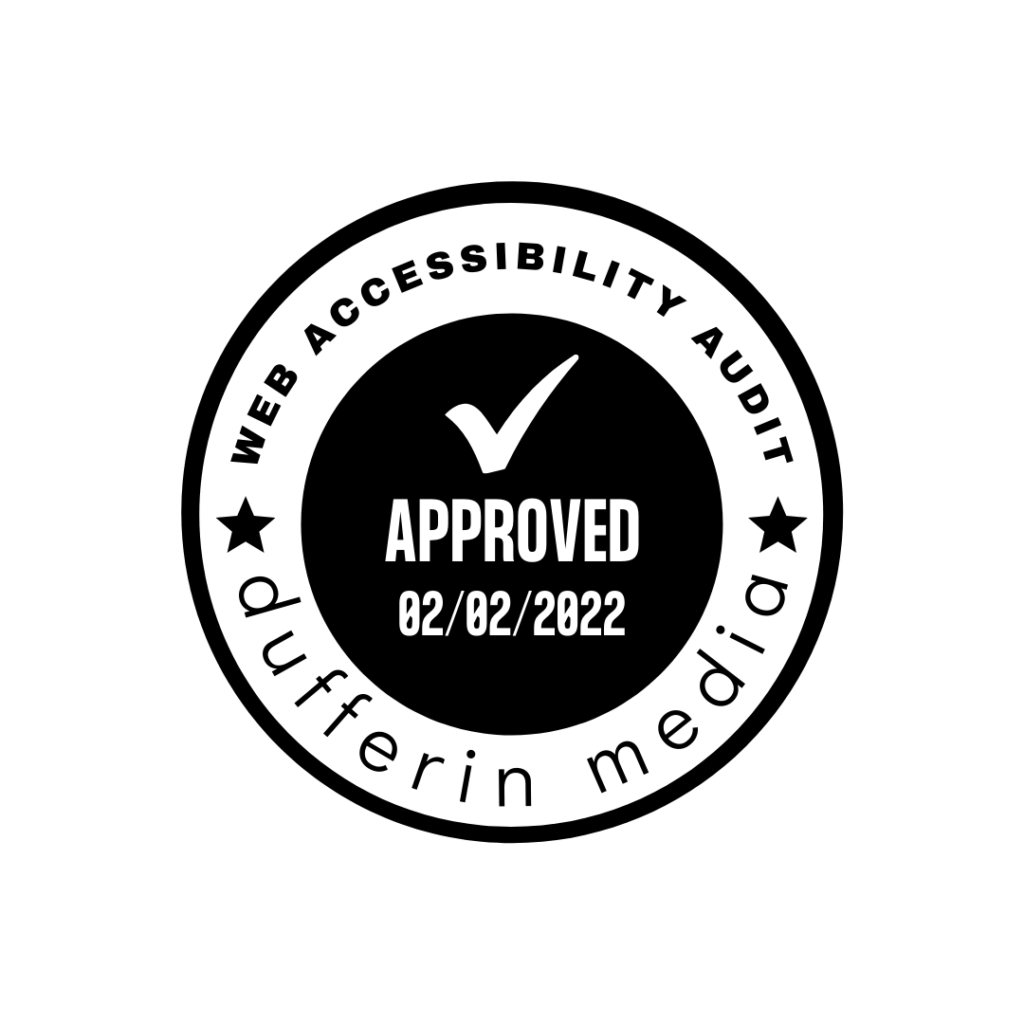Equalization Process: Are All Things Equal?

Equalization Process: Are All Things Equal Under The Law?
What You Should Know About The Equalization Process On Separation/Divorce.
The concept of “equal” actually takes on several meanings depending on the context, subject matter, and whether or not you are actually referring to equity-based efforts. In the dictionary, “equal” means, “being the same in quantity, size, degree or value.” Mathematically speaking it means, “identical in mathematical value or logical denotation,” although most of us may just think of “equal” as the sign we use to distinguish the answer from the question. Meanwhile, the Canadian Charter of Rights and Freedoms contains the phrasing (in part) that led to the title of this blog, that is: “Every individual is equal before and under the law….” with access to protection and benefits without discrimination. What do all of these references mean, however, when we consider the legal question of the equalization when two parties separate/divorce? We thought you might like to know what the equalization process is and what you should know about how the process potentially affects you.
What is the Equalization Process for Separation/Divorce?
At its core, the equalization process simply means that while an equitable distribution of assets will occur, it may NOT actually result in a 50/50 split of those assets. Under the Family Law Act, the purpose of an equalization payment is to put both spouses* in any divorce situation in an equal position. The equalization process is what determines what that end result actually is.
How does the process work?
This high-level overview is intended to provide a brief explanation of the process. It is imperative you seek legal advice in the event you are initiating a separation/divorce proceedings in order to determine the equalization process.
Step One
- Involves a listing of all assets, from the date of the legal separation.
- These will include but are not limited to, the value of the marital home, other real estate holdings, RRSP’s and pensions.
- Valuations where applicable are based on current market value but a pension (for example) can be much more complex to evaluate and accounting and/or legal advice may be needed.
- As well, some exemptions do exist from this valuation process.
Step Two
- Involves subtracting debt from the date of legal separation.
Step Three
- Requires an additional calculation, calculating the value of your property, and fewer debts, from the date you were married.
Step Four
- Subtracting Step Three from Step Two will give you a “net assets” amount.
Further calculations take place after the net assets have been determined, to arrive at a net family property value owned by each spouse. If one spouse holds a higher value of the net family property, the spouse with the higher net family property may be obligated to pay the spouse with the lower amount of net family property, half of the difference between the two values. The end result is meant to ensure the equitable division of assets even though the amounts may not be exactly equal.
There are time limits on the equalization process, such as: if the courts are involved in the process: six years from the date of the separation, or two years from the date on which the divorce was finalized, whichever comes first. As well, it is advisable (and something Foote Law will undertake to do when necessary) to utilize outside resources such as an accounting firm to help with the equalization process because they have the right expertise to conduct such matters.
If you are familiar with the concept of equity, it may be more helpful to think of the equalization process as similar to that of equity work. Ensuring equity in the workplace, for example, means providing the tools and resources necessary for an individual to be able to competently do their job and/or compete for advancement opportunities. Those tools and resources might differ between individuals. In your workplace, perhaps everyone needs a computer, but a person with a disability may require special adaptations to their computer or workspace in order to be successful. Equalization works similarly. It is the attempt to ensure each spouse exits the relationship with an equitable amount of the assets – even if that amount is not actually “equal.” If you’d like to learn more about the equalization process and how it may affect you, contact the Foote Law team and speak to one of our experts today.
*For the purposes of this blog, “spouses” are considered those legally married. Married couples have the automatic right to equalization of property while common-law couples do not. Common-law couples may be able to bring a claim to court under some circumstances.



Recent Comments